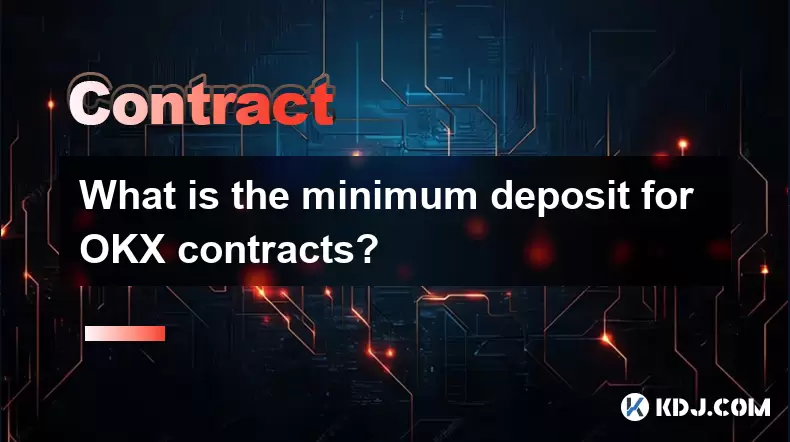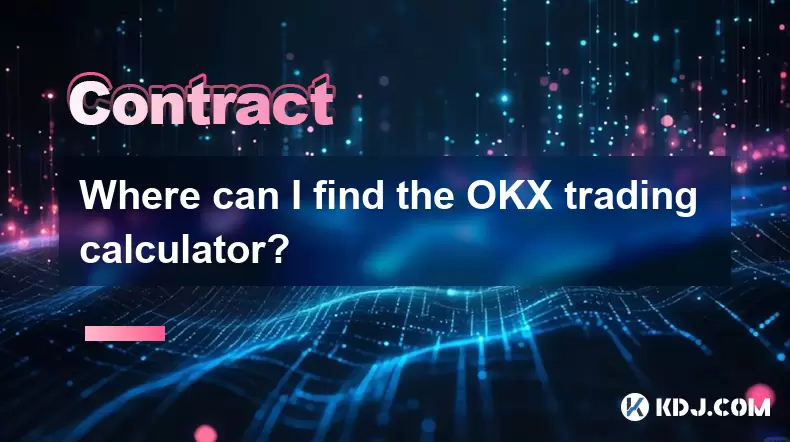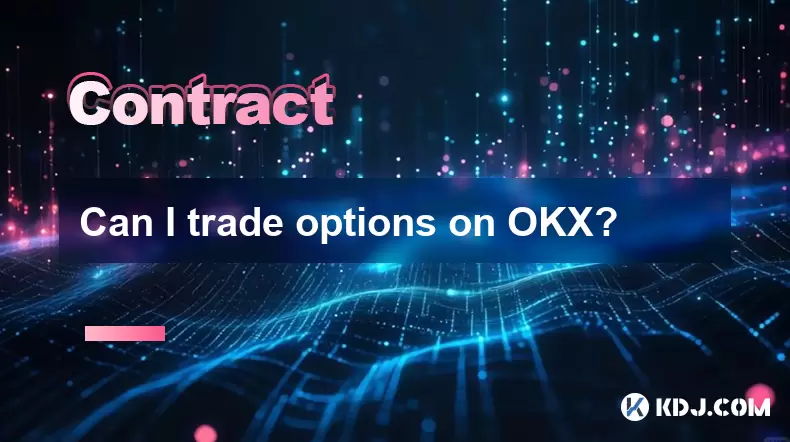-
 Bitcoin
Bitcoin $117500
2.15% -
 Ethereum
Ethereum $3911
6.19% -
 XRP
XRP $3.316
10.79% -
 Tether USDt
Tether USDt $1.000
0.01% -
 BNB
BNB $787.2
2.24% -
 Solana
Solana $175.2
4.15% -
 USDC
USDC $0.9999
0.00% -
 Dogecoin
Dogecoin $0.2225
8.40% -
 TRON
TRON $0.3383
0.28% -
 Cardano
Cardano $0.7868
6.02% -
 Stellar
Stellar $0.4382
9.34% -
 Hyperliquid
Hyperliquid $40.92
7.56% -
 Sui
Sui $3.764
7.63% -
 Chainlink
Chainlink $18.48
10.66% -
 Bitcoin Cash
Bitcoin Cash $582.1
1.88% -
 Hedera
Hedera $0.2601
6.30% -
 Avalanche
Avalanche $23.33
4.94% -
 Ethena USDe
Ethena USDe $1.001
0.02% -
 Litecoin
Litecoin $122.3
2.04% -
 UNUS SED LEO
UNUS SED LEO $8.969
-0.27% -
 Toncoin
Toncoin $3.339
0.86% -
 Shiba Inu
Shiba Inu $0.00001287
4.30% -
 Uniswap
Uniswap $10.43
7.38% -
 Polkadot
Polkadot $3.861
5.08% -
 Dai
Dai $1.000
0.02% -
 Bitget Token
Bitget Token $4.513
3.41% -
 Monero
Monero $267.7
-6.18% -
 Cronos
Cronos $0.1499
4.14% -
 Pepe
Pepe $0.00001110
5.15% -
 Aave
Aave $284.9
8.28%
What is the distinction between mark price and last price on KuCoin?
KuCoin uses mark price, not last price, to calculate liquidations and prevent unfair losses from market manipulation in futures trading.
Aug 08, 2025 at 01:58 pm

Understanding the Basics of Price in Cryptocurrency Trading
In cryptocurrency exchanges like KuCoin, two key price indicators frequently appear on trading interfaces: the mark price and the last price. These values serve different functions and are critical for traders, especially those engaging in futures and perpetual contracts. The last price refers to the most recent transaction price at which a trade was executed. It reflects actual market activity and is updated every time a buy or sell order is matched. This value is straightforward and represents real-time market sentiment based on completed trades.
On the other hand, the mark price is not derived from a single trade. Instead, it is a calculated value designed to reflect the fair value of a futures or perpetual contract. It is typically based on the spot price of the underlying asset from multiple external exchanges, often using a time-weighted average price (TWAP) to reduce volatility and manipulation risks. This distinction is vital because it helps prevent unfair liquidations in leveraged trading environments.
How KuCoin Uses Mark Price to Prevent Market Manipulation
One of the primary reasons KuCoin and other exchanges implement a mark price is to protect traders from price manipulation. In highly leveraged markets, malicious actors might attempt to spike or crash the last price momentarily to trigger liquidations of other traders’ positions. If liquidations were based solely on the last price, such manipulation could lead to unfair losses.
To counter this, KuCoin uses the mark price as the reference point for calculating unrealized profit and loss (PnL) and determining liquidation levels. Since the mark price is derived from external spot markets and smoothed over time, it is far more resistant to sudden, artificial price swings. This mechanism ensures that liquidations occur only when there is a genuine shift in the asset’s fair value, not due to temporary spikes in the order book.
- The mark price is continuously updated using data from reliable spot exchanges.
- It incorporates a time-weighted average to minimize noise and outliers.
- It is not influenced by isolated trades on KuCoin’s own order book.
This system enhances market integrity and protects users engaged in perpetual futures trading.
Differences in Calculation Methods: Last Price vs. Mark Price
The last price is simple in its calculation. It is merely the price at which the most recent trade occurred on KuCoin’s order book. Every time a buyer and seller agree on a price, that value becomes the new last price. It changes with every trade and can fluctuate rapidly, especially during high volatility.
The mark price, however, involves a more complex process. KuCoin typically pulls spot prices from several reputable exchanges such as Binance, Coinbase, and Kraken. These prices are aggregated, often using a volume-weighted or median-based algorithm, to produce a single representative value. This value is then smoothed using a time-weighted average over a specific interval, commonly 5 to 15 minutes, to avoid reacting too quickly to short-term anomalies.
- The last price = price of the latest executed trade.
- The mark price = external spot price average, adjusted via TWAP.
- The mark price ignores KuCoin’s internal order book data.
- Discrepancies between the two prices are normal and expected.
Traders should monitor both values, especially when managing open positions.
Impact on Open Positions and Liquidation Triggers
For traders holding long or short positions in KuCoin’s futures market, understanding the relationship between mark price and last price is essential. The mark price determines when a position will be liquidated. Even if the last price spikes dramatically, if the mark price remains stable, the position may not be liquidated.
This is particularly important during flash crashes or pump-and-dump scenarios. For example, if the last price of BTC drops from $40,000 to $35,000 in a few seconds due to a large market sell order, but the mark price only moves to $39,000 because external spot markets remain stable, a long position will not be liquidated unless the mark price reaches the liquidation threshold.
- Liquidation is triggered when mark price hits the liquidation price.
- Unrealized PnL is calculated using the mark price, not the last price.
- A large gap between last and mark price may indicate market stress.
- Traders can use this gap to assess potential slippage or manipulation risk.
Monitoring both prices allows for better risk assessment and position management.
Practical Examples on KuCoin’s Trading Interface
When viewing a futures contract on KuCoin, such as BTC/USDT Perpetual, users will see both the last price and the mark price displayed prominently. The last price is usually shown near the top of the chart, reflecting real-time trades. The mark price is often located near the position details or in the contract information panel.
Suppose the last price of BTC/USDT is $42,500, but the mark price is $42,300. This indicates that recent trades occurred slightly above the fair value. If you are holding a short position, your unrealized profit is calculated based on $42,300, not $42,500. Even if the price briefly spikes to $43,000 due to a large buy order, your position remains safe as long as the mark price does not reach your liquidation level.
- Check the funding rate and mark price before opening a position.
- Use the price difference to gauge market sentiment.
- Adjust stop-loss and take-profit orders based on mark price behavior.
- Enable price alerts for both last and mark price on KuCoin’s app.
These steps help traders make informed decisions in a volatile environment.
Common Misconceptions and Clarifications
A common misunderstanding is that the last price should be the sole determinant of a contract’s value. However, in leveraged trading, relying solely on last price can lead to incorrect risk assessments. Another misconception is that the mark price is controlled by KuCoin to benefit the exchange. In reality, it is derived from external, transparent sources and designed to protect users.
Some traders also believe that a large gap between last and mark price indicates a malfunction. In truth, such gaps are normal during periods of high volatility or low liquidity. They reflect the difference between executed trades and fair market value.
- The mark price is not a manipulated value.
- Discrepancies do not indicate system errors.
- Both prices serve distinct analytical purposes.
- Understanding both enhances trading precision.
Frequently Asked Questions
Why does my position get liquidated even when the last price hasn’t reached my stop-loss?
Liquidation is based on the mark price, not the last price. If the mark price hits your liquidation level—even if the last price hasn’t—the system will close your position to prevent further losses.
Can I view the sources used for KuCoin’s mark price?
KuCoin does not publicly list the exact exchanges or weighting algorithm, but it typically uses major spot exchanges like Binance, Coinbase, and Huobi. The data is aggregated to ensure reliability and fairness.
Does the mark price affect my entry or exit orders?
No. Your entry and exit orders are executed based on the last price or your specified limit price. The mark price only affects liquidation calculations and unrealized PnL.
What happens to the mark price during low trading volume?
During low volume, the mark price remains stable because it relies on external spot markets. This stability prevents false liquidations even if KuCoin’s own last price becomes erratic due to thin order books.
Disclaimer:info@kdj.com
The information provided is not trading advice. kdj.com does not assume any responsibility for any investments made based on the information provided in this article. Cryptocurrencies are highly volatile and it is highly recommended that you invest with caution after thorough research!
If you believe that the content used on this website infringes your copyright, please contact us immediately (info@kdj.com) and we will delete it promptly.
- Ethereum, Staking Yields, and DeFi Exposure: A New Era for Investors?
- 2025-08-08 15:10:12
- Unilabs Pumps MIA, Binance Coin Bouncing Back, and Ethereum's Bearish Blues
- 2025-08-08 15:10:12
- Ethereum's Wyckoff Markup and Market Rotation: A New Era?
- 2025-08-08 15:30:12
- Ethereum, Vitalik Buterin, and the Overleveraged Game: A Balancing Act
- 2025-08-08 15:30:12
- Ethereum, Corporate Treasuries, and Vitalik Buterin: A New Era for ETH?
- 2025-08-08 15:36:08
- BNB Price, Binance Staking, and SEC Concerns: What's the Deal?
- 2025-08-08 15:36:08
Related knowledge

What is the distinction between mark price and last price on KuCoin?
Aug 08,2025 at 01:58pm
Understanding the Basics of Price in Cryptocurrency TradingIn cryptocurrency exchanges like KuCoin, two key price indicators frequently appear on trad...

What are the specific maker and taker fees on KuCoin Futures?
Aug 08,2025 at 08:28am
Understanding Maker and Taker Fees on KuCoin FuturesWhen trading on KuCoin Futures, users encounter two primary types of fees: maker fees and taker fe...

What is the maximum leverage available on KuCoin Futures?
Aug 08,2025 at 10:21am
Understanding Leverage in KuCoin Futures TradingLeverage in KuCoin Futures allows traders to control a larger position size using a smaller amount of ...

What is the minimum deposit for OKX contracts?
Aug 08,2025 at 07:00am
Understanding OKX Contract Trading BasicsOKX is one of the leading cryptocurrency derivatives exchanges, offering a wide range of perpetual and future...

Where can I find the OKX trading calculator?
Aug 08,2025 at 07:49am
Understanding the OKX Trading Calculator FunctionalityThe OKX trading calculator is a powerful analytical tool designed to assist traders in estimatin...

Can I trade options on OKX?
Aug 08,2025 at 11:01am
Understanding Options Trading on OKXYes, you can trade options on OKX. OKX is one of the leading cryptocurrency derivatives exchanges that offers a de...

What is the distinction between mark price and last price on KuCoin?
Aug 08,2025 at 01:58pm
Understanding the Basics of Price in Cryptocurrency TradingIn cryptocurrency exchanges like KuCoin, two key price indicators frequently appear on trad...

What are the specific maker and taker fees on KuCoin Futures?
Aug 08,2025 at 08:28am
Understanding Maker and Taker Fees on KuCoin FuturesWhen trading on KuCoin Futures, users encounter two primary types of fees: maker fees and taker fe...

What is the maximum leverage available on KuCoin Futures?
Aug 08,2025 at 10:21am
Understanding Leverage in KuCoin Futures TradingLeverage in KuCoin Futures allows traders to control a larger position size using a smaller amount of ...

What is the minimum deposit for OKX contracts?
Aug 08,2025 at 07:00am
Understanding OKX Contract Trading BasicsOKX is one of the leading cryptocurrency derivatives exchanges, offering a wide range of perpetual and future...

Where can I find the OKX trading calculator?
Aug 08,2025 at 07:49am
Understanding the OKX Trading Calculator FunctionalityThe OKX trading calculator is a powerful analytical tool designed to assist traders in estimatin...

Can I trade options on OKX?
Aug 08,2025 at 11:01am
Understanding Options Trading on OKXYes, you can trade options on OKX. OKX is one of the leading cryptocurrency derivatives exchanges that offers a de...
See all articles

























































































